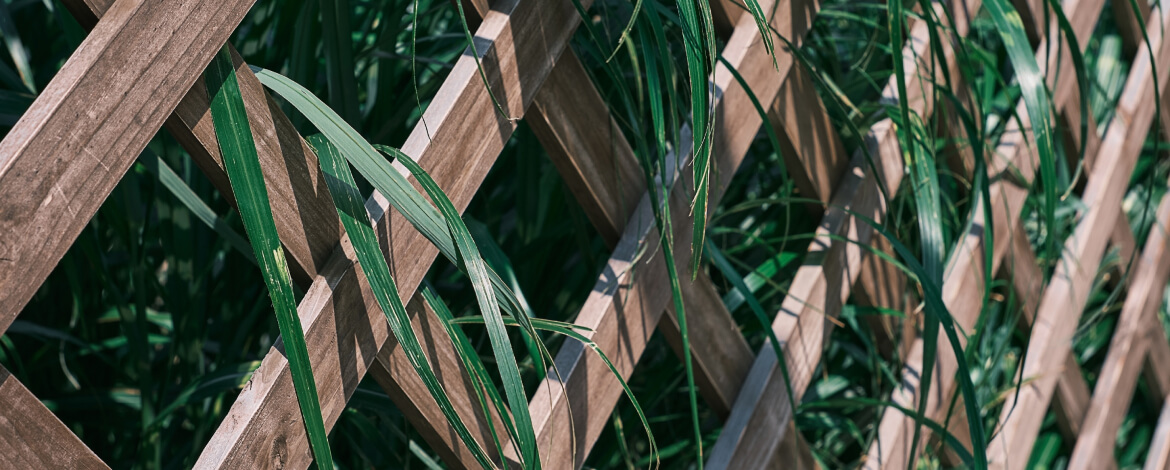Welcome To UPICKET FENCING
Eco-Friendly Fencing: Sustainable Options for Your Home - Upicket Fencing
- Home
- Eco-Friendly Fencing: Sustainable Options for Your Home

21 Oct
In today’s world, homeowners are increasingly looking for ways to make their homes more environmentally friendly, and fencing is no exception. Traditional fencing materials like untreated wood, plastic, or metal can have a significant environmental impact, from the resources used to produce them to the waste they generate at the end of their lifespan. However, there are plenty of eco-friendly fencing options that provide durability, beauty, and sustainability for your home.
1. Bamboo Fencing
Bamboo is one of the most eco-friendly materials available. Unlike hardwood trees, which can take decades to mature, bamboo grows incredibly quickly—some species can grow up to three feet per day! It regenerates after being harvested, making it a renewable resource.- Durability: Bamboo is as strong as wood and can last for many years if properly maintained.
- Aesthetics: Bamboo fences offer a natural, tropical appearance that can complement both modern and traditional landscapes.
- Eco-friendly Factor: Bamboo absorbs large amounts of CO2 and helps reduce greenhouse gases in the atmosphere.
2. Reclaimed Wood Fencing
Reclaimed wood is another sustainable fencing option that repurposes old wood from barns, factories, or other structures. By choosing reclaimed wood, you’re preventing new trees from being cut down and reducing the waste that would otherwise end up in landfills.- Durability: Reclaimed wood is often denser and more durable than freshly cut wood since it has been exposed to the elements over time.
- Aesthetics: It has a unique, rustic appearance that adds character to any home. No two pieces are alike, giving your fence a distinctive look.
- Eco-friendly Factor: Reclaimed wood conserves natural resources and reduces the need for new lumber production.
3. Composite Fencing
Composite fencing is made from a blend of recycled wood fibers and plastic, providing an eco-friendly alternative to traditional wood or vinyl. It offers the best of both worlds—an attractive wood-like appearance and the low maintenance of plastic.- Durability: Composite fencing is resistant to rot, insects, and moisture, making it a long-lasting choice.
- Aesthetics: It mimics the look of wood but comes in a variety of colors and finishes to match your landscape design.
- Eco-friendly Factor: It’s made from recycled materials, reducing waste and the need for virgin wood or plastic production.
4. Living Fences
A living fence, also known as a “green fence” or hedge, is made from plants instead of traditional materials. Shrubs, trees, or climbing plants can be grown and trimmed to create a natural barrier around your property.- Durability: With proper care and pruning, living fences can last a lifetime. They also grow stronger over time as the plants mature.
- Aesthetics: Living fences provide a lush, natural appearance that changes with the seasons, offering privacy and beauty.
- Eco-friendly Factor: Living fences absorb carbon dioxide, produce oxygen, and provide habitats for wildlife.
5. Recycled Metal Fencing
Recycled metal fences, such as those made from repurposed steel or aluminum, are durable, sustainable, and highly customizable. These fences often come from scrap metal that has been melted down and reformed into new products.- Durability: Metal fences are incredibly sturdy and resistant to weather, pests, and decay.
- Aesthetics: They offer a sleek, modern look and can be powder-coated in various colors for a polished finish.
- Eco-friendly Factor: Using recycled metals reduces the need for new metal production, which can be energy-intensive and harmful to the environment.
6. Hempcrete Fencing
Hempcrete is a sustainable building material made from hemp fibers, lime, and water. While traditionally used in construction, it’s gaining popularity as a material for eco-friendly fencing.- Durability: Hempcrete is strong, lightweight, and resistant to pests, mold, and fire. It also improves with age as it hardens over time.
- Aesthetics: Hempcrete fences have a natural, rustic look that blends well with various landscape styles.
- Eco-friendly Factor: Hemp absorbs more CO2 than trees during its growth cycle, making hempcrete an excellent carbon-negative building material.

Leave Your Comment